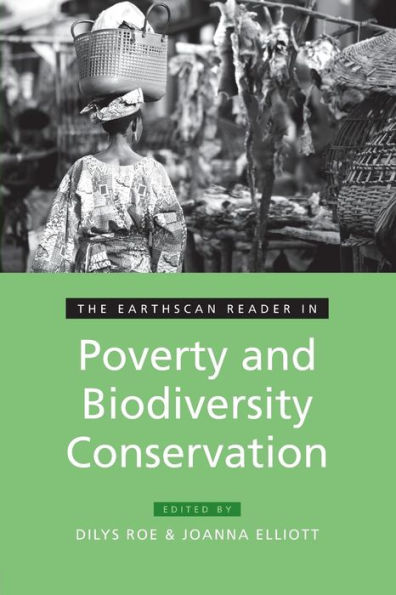5
1
9781844078431



The Earthscan Reader in Poverty and Biodiversity Conservation / Edition 1 available in Hardcover, Paperback

The Earthscan Reader in Poverty and Biodiversity Conservation / Edition 1
- ISBN-10:
- 1844078434
- ISBN-13:
- 9781844078431
- Pub. Date:
- 02/26/2010
- Publisher:
- Taylor & Francis
- ISBN-10:
- 1844078434
- ISBN-13:
- 9781844078431
- Pub. Date:
- 02/26/2010
- Publisher:
- Taylor & Francis

The Earthscan Reader in Poverty and Biodiversity Conservation / Edition 1
$51.99
Current price is , Original price is $51.99. You
51.99
In Stock

Product Details
| ISBN-13: | 9781844078431 |
|---|---|
| Publisher: | Taylor & Francis |
| Publication date: | 02/26/2010 |
| Series: | Earthscan Reader Series |
| Edition description: | 1 |
| Pages: | 416 |
| Product dimensions: | 6.10(w) x 9.10(h) x 1.30(d) |
About the Author
From the B&N Reads Blog
